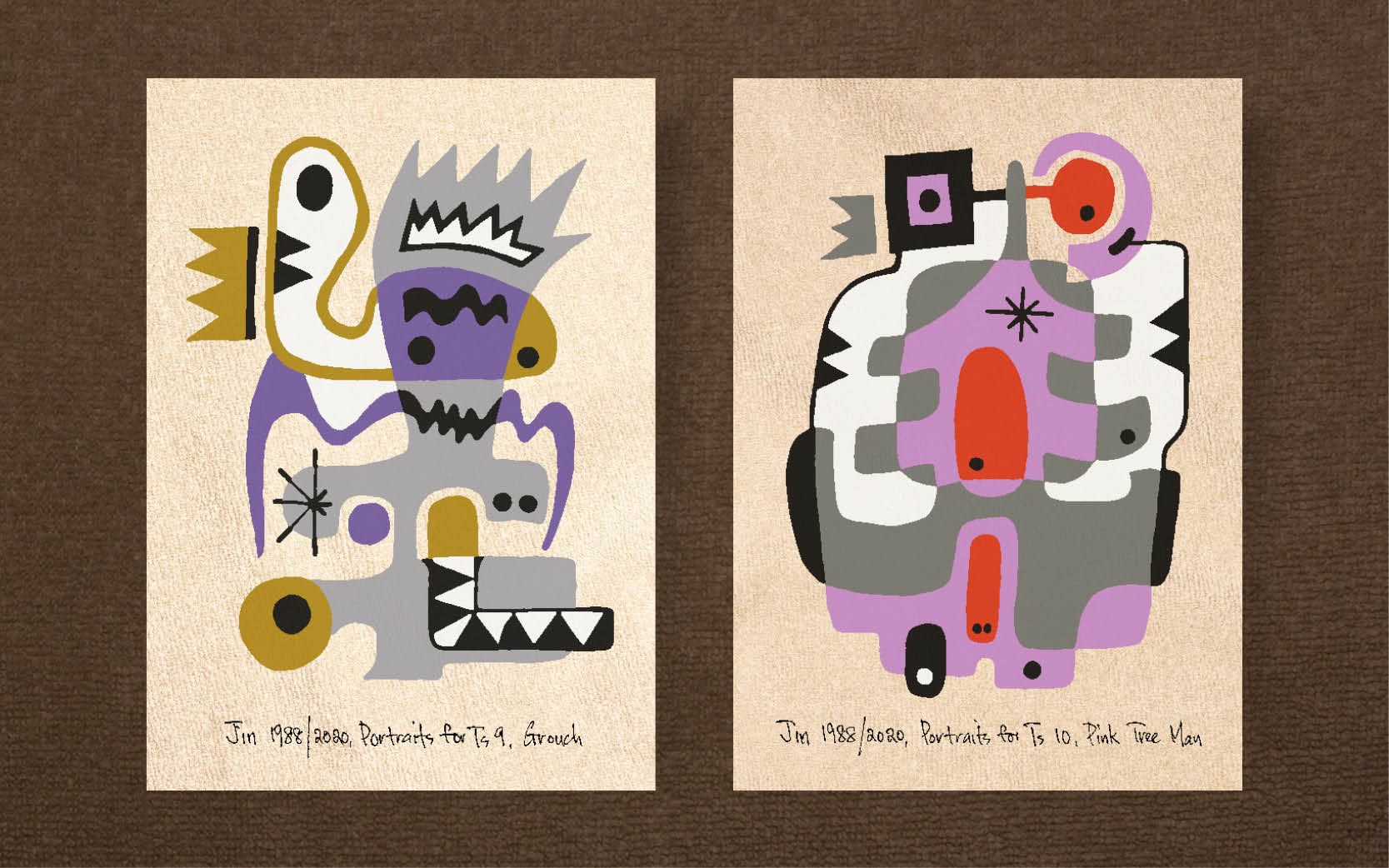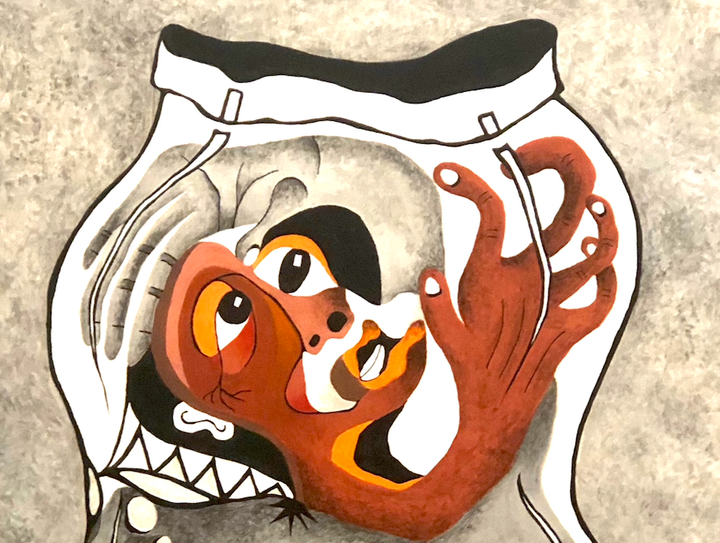Portraits for Ts: A project dating back to 1988
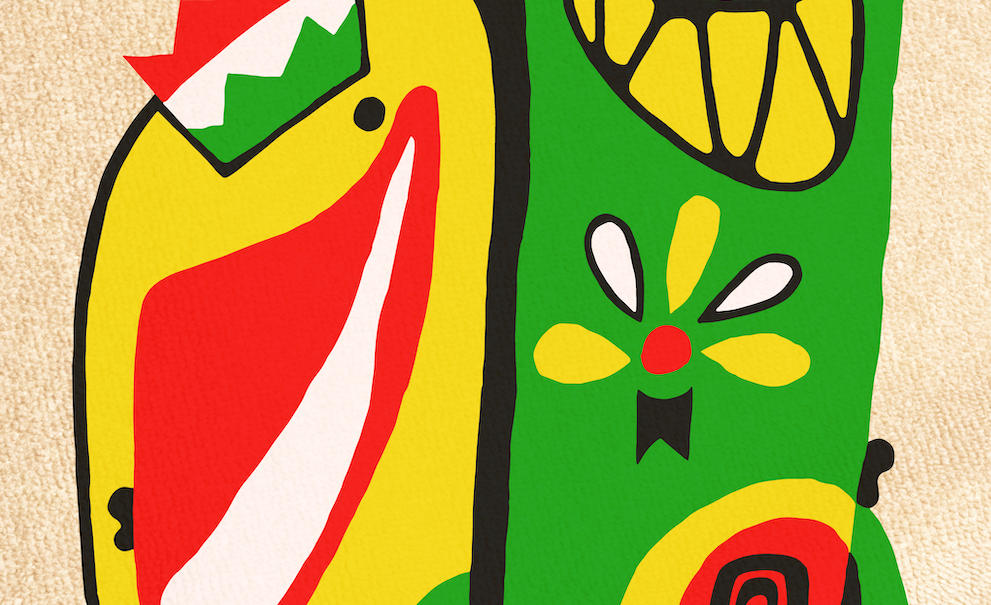
DURING the late 1980s I got involved in a business retailing mainly household and personal care goods at very reasonable prices. Just before its launch in 1988, we were short of products so I volunteered to produce a series of T-shirts.
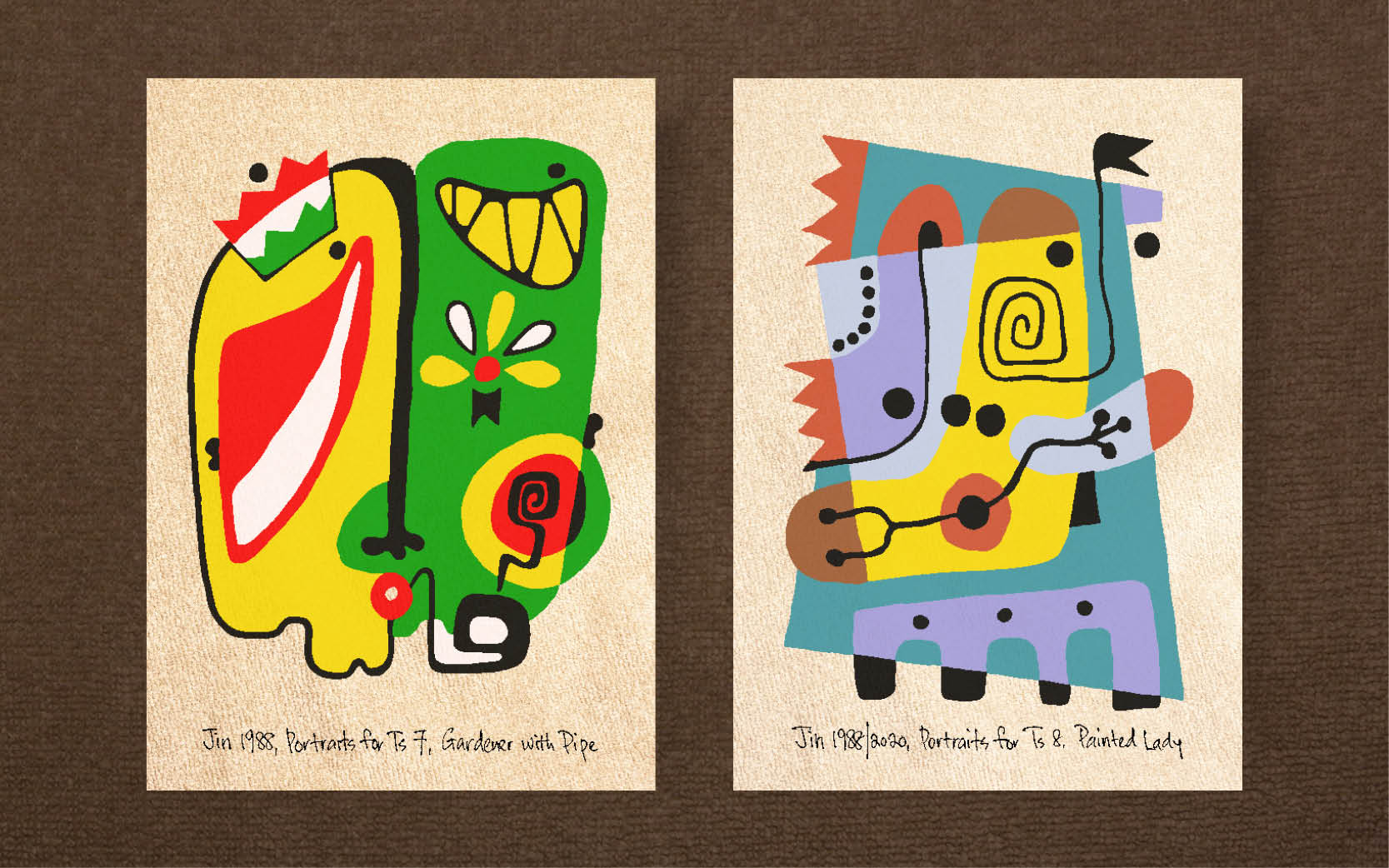
I completed seven designs and four were used. A few were sketches which I decided to paint only in mid-2020 during the Covid-19 movement control order (MCO) in Kuala Lumpur. The 1988 versions had four solid spot colours each; they were not printed using the CMYK process that combined cyan, magenta, yellow and black dots to create a very wide range of colours. This allowed us to control production costs by avoiding the very fine and costly work (then) of silkscreen printing using CMYK. In the 1988/2020 pieces, I gave up limiting the colours to see how far the designs could be pushed without colour constraints.
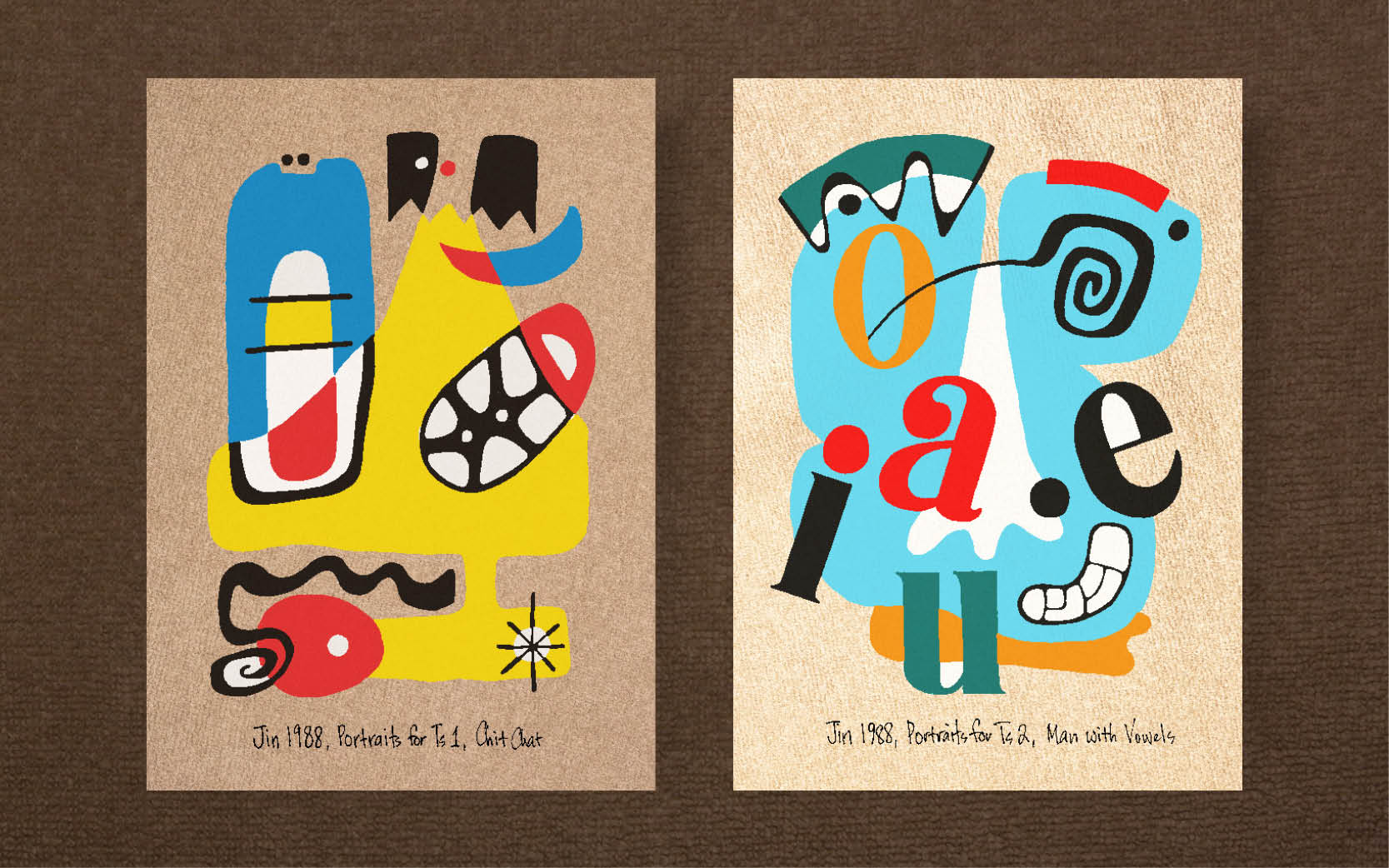
In 1988, I was a referred to a place in the Kampung Cempaka new village near Taman Megah to produce the T-shirts. The business was in a single- storey detached house converted to accommodate an entire production line — from cutting the garment to packing for distribution. I spent a lot of time there to ensure they got it right. These were what I saw:
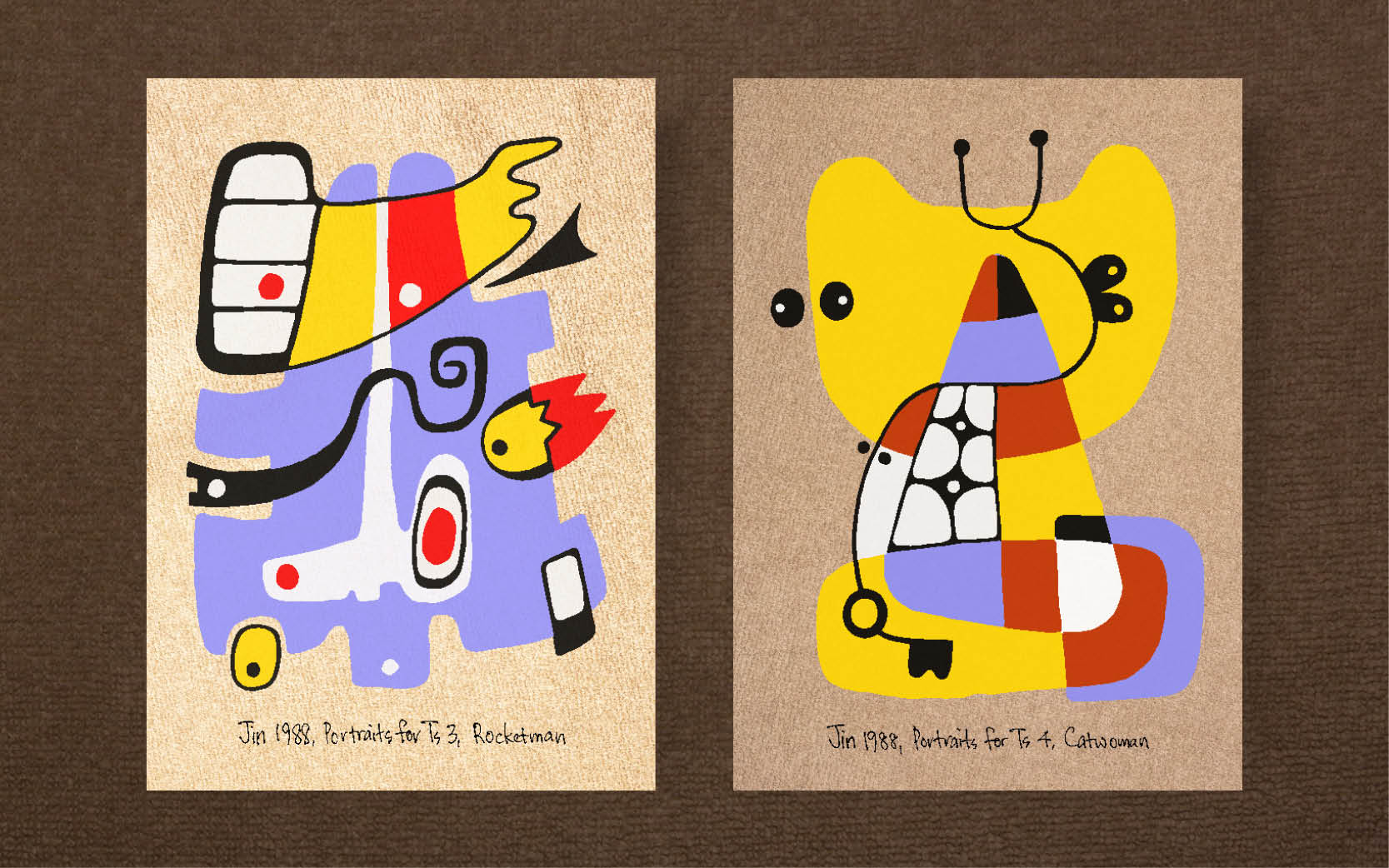
(1) Using a huge mechanical knife, like a jigsaw, they would first cut out from a big pile of cloth the shape of the T-shirts, the same for front and back. (2) After that they printed the cloth, using silkscreens, one colour at a time. Every piece was left to dry in between applications. (3) The printed parts were subsequently taken to a room full of seamstresses, much like what we see in the large factories. In there, the pieces were sewn together and the sleeves and collars attached. (4) When the sewing was done, the finished T-shirts were taken to a QC station before they were packed in plastic bags.
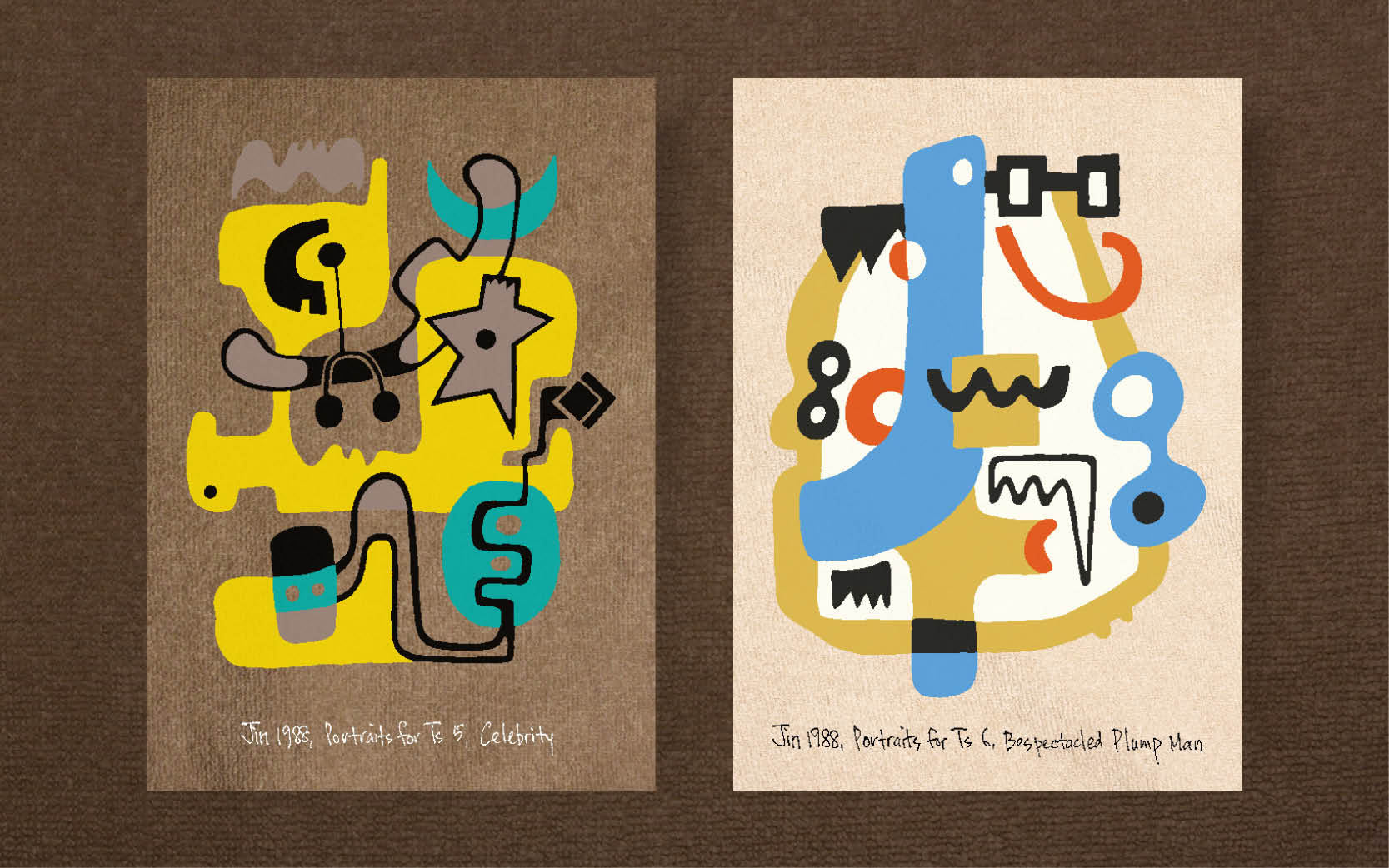
In retrospect, introducing T-shirts was not such a great idea as they were not appreciated by our market segment — mainly the Malay lower middle class in small towns. They would have been better suited as marketing collateral. Nevertheless, I took it as an opportunity to show that by assembling shapes in a certain order, one can associate them with a facet of reality — in this series, my seemingly meaningless blobs of colour resembled portraits of people.
